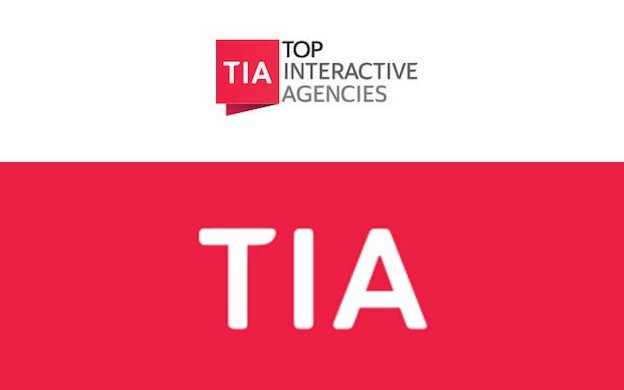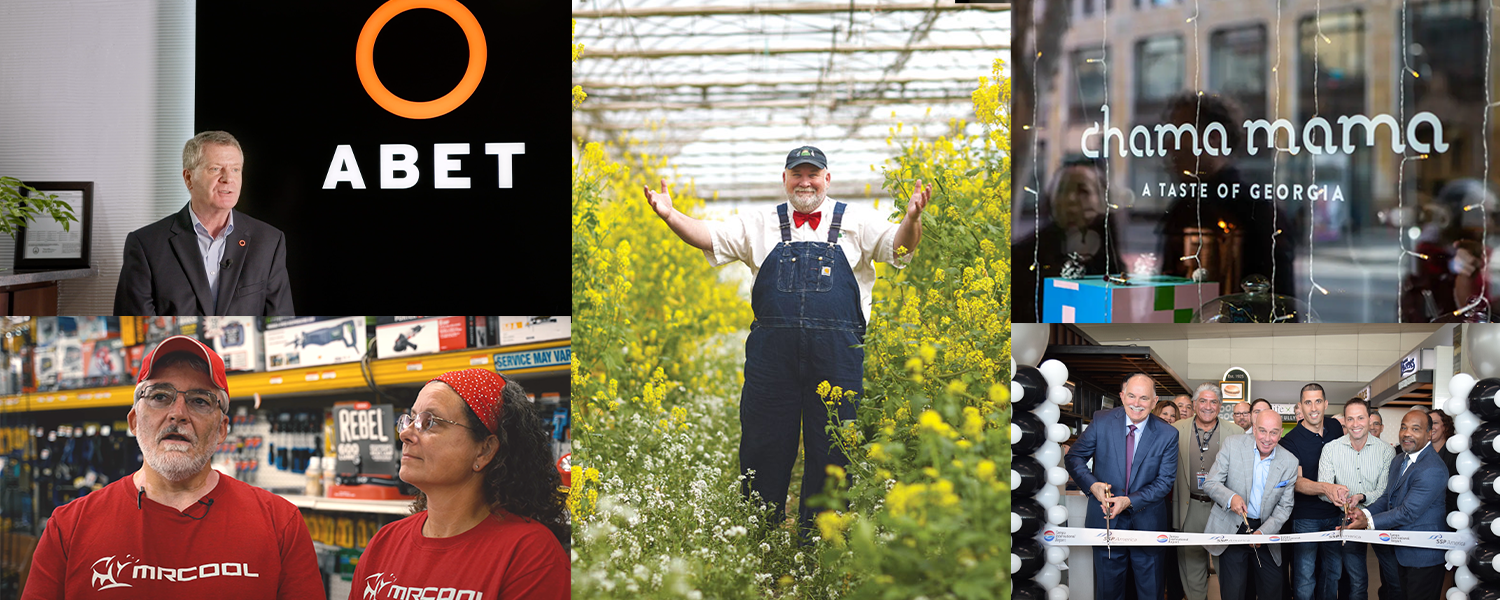Top Interactive Agencies Profiles Ruckus Account Manager Jordan Hill
See Ruckus account manager Jordan Hill’s interview with TIA on her strategies for managing growing pains in a creative agency.
If you could name three important things about managing a project, what would these be?
In my opinion, the three most important qualities are, in order of importance, communication, organization, and flexibility.
Communication is the most important piece of successful account management, and it may even be the most important quality for a creative agency generally. When you’re in the business of bringing ideas to life for a variety of clients, you need to communicate well enough to know their markets, objectives, and obstacles like the back of your hand.
Organization is in the same vein as communication, but this is where it becomes concrete. Good account managers have the organizational skills to juggle projects, timelines, and budgets without ever letting a ball hit the ground.
Flexibility is crucial for when your good communication and organization don’t suffice. No good creative project follows exactly the trajectory anyone predicted. Flexibility is the art of rolling with changes and adapting in a way that doesn’t sacrifice work quality.
What is the best way to earn trust from customers?
The best way to earn trust from customers is to be straightforward. The customer wants the best product and service possible, and that’s exactly what we want to give to them. Being honest about how to get them there will put you both on the same page and team.
Can you give me an example of when you have worked with multiple clients at the same time and how you managed?
Sure! This is my day-to-day. I generally meet with at least three clients a day, whether it be via phone call or face-to-face. Each client has a different project schedule and expects a certain level of availability. I give that to them as much as I possibly can.
When Ruckus was in the process of building the NYC Ferry website, I communicated extensively with developers and their tech team. This typically happened in the evening, so I would communicate with my other clients in the mornings and afternoons. Successfully managing multiple projects at once is about parsing your time so you can dedicate hours to a project without interruption, while still planning for interruptions to spring up.
Can you share an example of a time you’ve had to resolve an issue between a creative team and a client?
There are times when a client has a creative vision and we don’t quite hit the nail on the head — it’s inevitable. Once, one of my designers was working on a logo for a client who was very particular about what they didn’t like but had a difficult time articulating what they did like. Logos went through many presentations and iterations but never worked quite perfectly.
That sort of situation is difficult for both sides of the table — the creative team wants direction, and the client would like a solid deliverable that fully achieves their vision. Ultimately, what solved the issue in this case was assembling the entire creative team and letting everyone work together to brainstorm the best approach to the design. In tough creative situations like this, good communication is key. That’s why we value our accounts staff here, as they ease friction and ensure communication remains productive through all necessary iterations.
How do you ensure you and your team delivers or exceeds customers’ expectations?
Well thought-out project timelines help a lot for my team. Timelines are never totally concrete, but if you build a schedule that leaves room for extra rounds of deliverables, edits, and delays, it gives the team the best chance of sticking to it. Every client meeting has the power to accelerate or slow down the schedule, so our team plans for that and gives itself room to adapt to create the best possible outcome.
How do you schedule or prioritize your work? Do you use any apps or tools?
Pen and paper. I’m a huge fan of to-do lists in a regular old notebook. Once the notebook is filled up I file it in case I ever need that one piece of paper that has the name of that really specific colour a client likes but can’t remember. I don’t use any apps or tools — occasionally I’ll type out my to do list but then just write over it.
Name a challenge your team is currently facing.
Growing pains. Both the size and quantity of our projects are increasing, so we’re growing and adapting as necessary. It’s a test of our management skills, flexibility, and creativity as we build into markets that we didn’t have access to as a younger agency.
What kinds of skills/qualities do you think you need to possess to be a good project manager?
Organization and attention to detail are necessary, but even more important is working well under pressure when all that organization flies out the door. That takes leadership, confidence, and expertise in the subject.
How did you get started in the industry?
I was interested in copywriting and fell into account management. I started as an intern and enjoyed it enough to continue with the industry.
Please list a few of your favorite digital brands:
I like Glossier and Everlane — anything that’s clean and elegant.
What do you like doing in your free time?
I stare at a computer screen all day, so when I leave the office I like to do anything that’s not screen related, like reading, cooking — basically all activities that I can enjoy while having a glass of wine.
Full feature can be found at Top Interactive Agencies.




